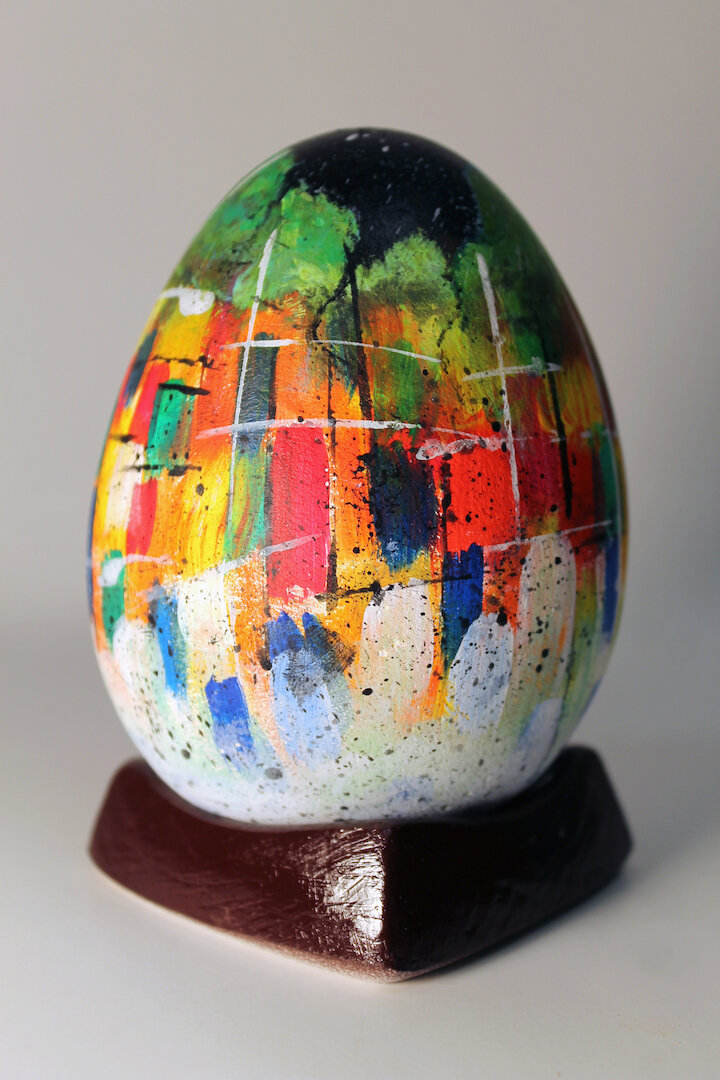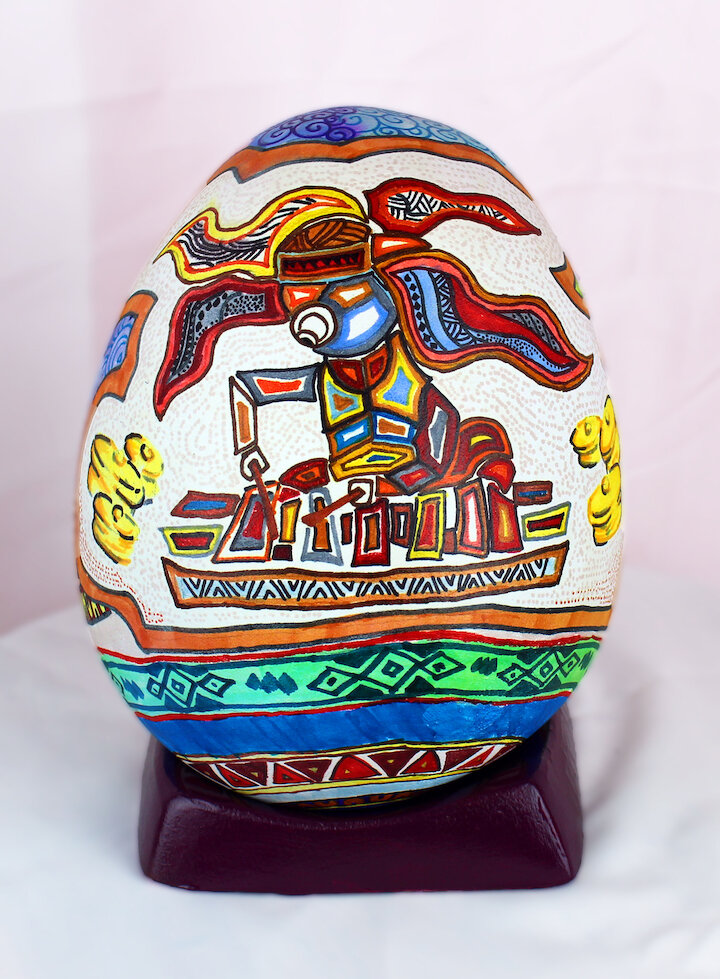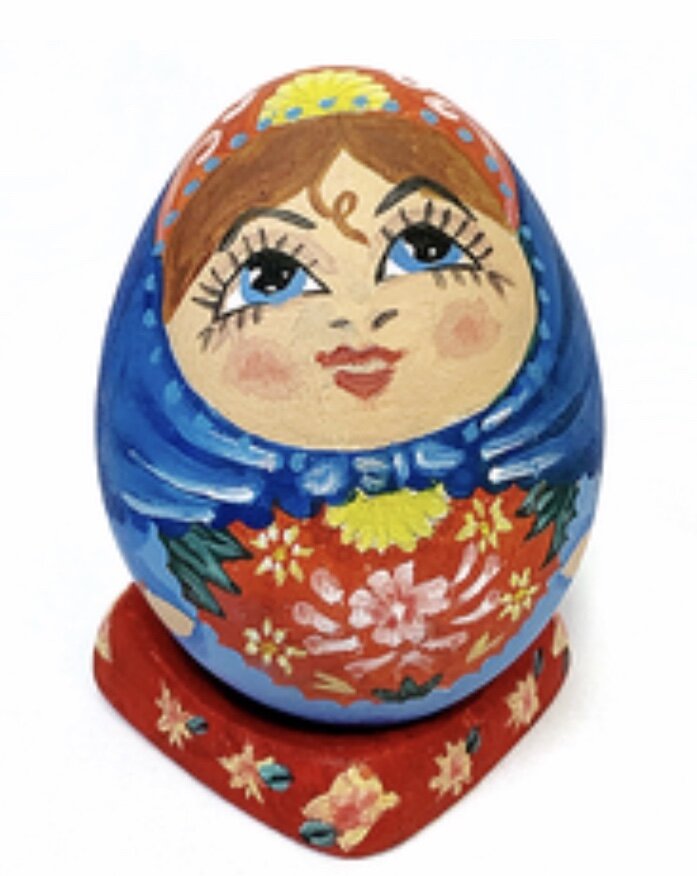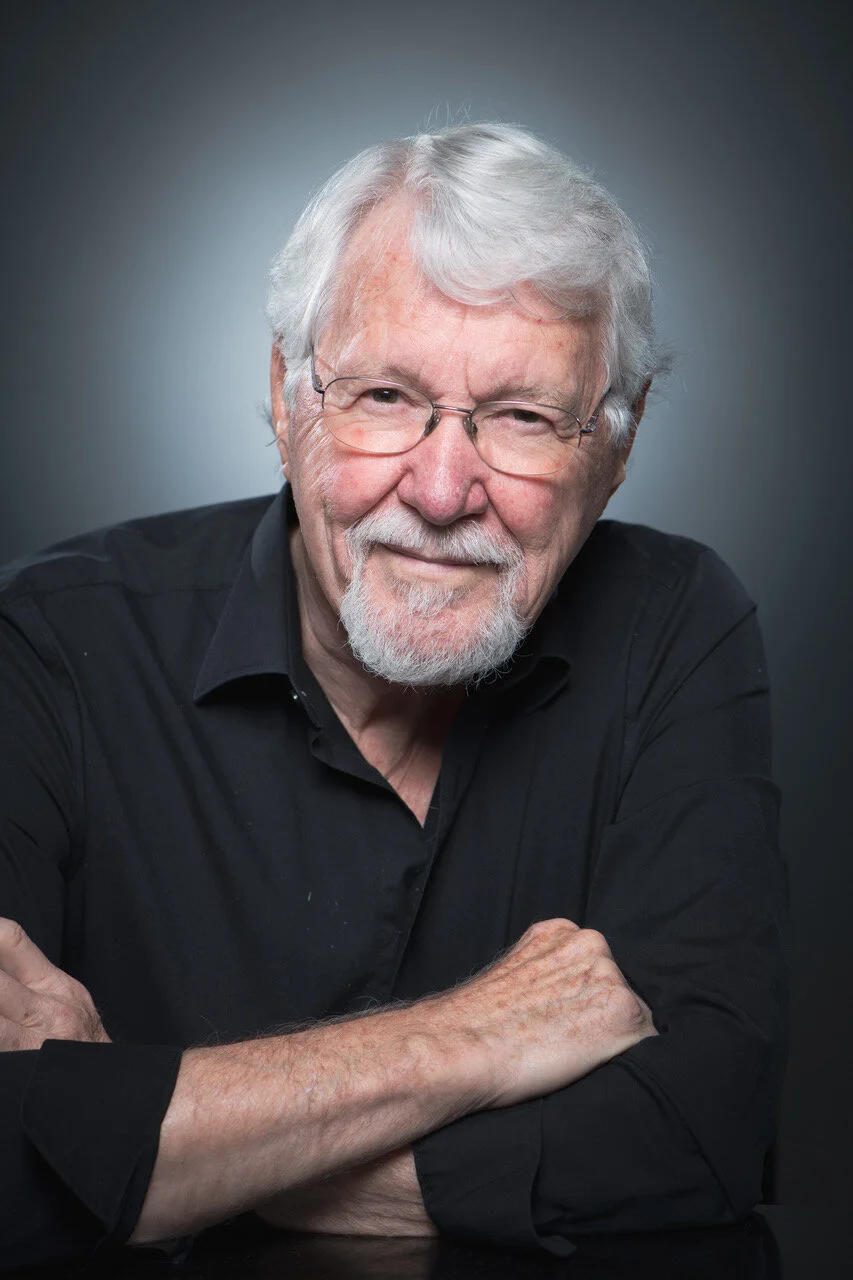Interview with educator and artist Matt TerAvest
One thing I have learned after so many interviews with artists is how influential exposure to art and art education is, early on. With the start of the school year just a couple of weeks away, I thought it would be interesting to hear from someone who is ‘in the trenches’ teaching young students how to create art and become productive and mindful artists. Matt TerAvest is the Visual Arts Chair at Parkview Arts and Science Magnet High School, and the 2021 Little Rock School District’s High School Teacher of the Year. His dedication to his students is laudable and his teaching philosophy is helping to develop young artists who respect themselves and understand how art can benefit society.
AAS: Matt, first of all, congratulations on being a 2021 Teacher of the Year at Parkview Magnet High and a Little Rock School District 2021 Crystal Award Winner. Those are very special honors. You have been at Parkview I think since 2017 and were at Hall High before that? What was your career path?
MT: Thank you so much! I am originally from Texarkana, Texas, and came to Arkansas in 1996 to attend the University of Central Arkansas. In those days I was a Psychology major and Art minor. I completed my bachelor’s degree in Psychology in 2000 and was accepted into the graduate program at UCA, but I decided not to enroll and to do something different with my life. I just didn’t know what that would be! I was more or less adrift for about four years, but in 2004 I took a risk and enrolled in an art education class at UCA. Thanks in large part to the contagious enthusiasm of my art ed professors, Dr. Jeff Young and Dr. Deb Kuster, I fell in love with the discipline and remain so today. I finished my new degree in 2005 and went to work at Hall High School in 2006. I was at Hall for eleven years. It was a tremendous experience for professional and personal growth. Hall had a bad reputation in those days, but I always found the place very underrated. Some of the smartest, kindest, and most talented people I have known in my life were my colleagues and students there and the work was challenging and joyful. While at Hall I earned my Master’s in Art with an emphasis in Painting from the University of Arkansas at Little Rock, mostly under the guidance of yet another amazing teacher, Professor Eric Mantle. Although I loved Hall High, especially my kiddos, in 2016 I felt a powerful need to change things up in my life and was lucky enough to be hired at Parkview Arts & Science Magnet High School. The experience of working at Parkview has been amazing. The faculty was immediately welcoming and warm and the school itself is a wonderland of opportunities for the diverse talents and interests our students bring with them.
“I just try to be the teacher I would want as a student.”
As you said, I had the great fortune of being selected one of Parkview’s teachers of the year for 2021 and subsequently named LRSD High School Teacher of the Year. It is an incredible honor to be selected by your peers for such an award, but when I look around at all the gifted educators I work beside, it is hard to accept that I was actually the right person to receive it. So, hey, I just have to try my best to live up to it! If my students get anything out of that, I hope it will be to love what they do. Becoming good at anything follows from that.
AAS: You are the Visual Arts Magnet Chair at Parkview. Would you describe the teaching/learning model at Parkview Magnet Arts and Science High?
MT: I became chair of the department following the retirement of two amazing colleagues, Gail King and Lynn Smith. Lynn was a recent recipient of the LRSD Teacher of the Year award and it is that much more meaningful for me to get to share that accolade with him. Gail was the chair for many years and steered the department to great success. One of the best things about coming to Parkview was having the chance to learn from those two stellar educators. Following Gail as chair was actually daunting but luckily I still work with an incredible team of art teachers. Rodney Bailey, Robert Clark, Maribeth Anders, Shannon Harrison and I are the team in place now and we are a cohesive little unit. I’ve been lucky my whole career to have colleagues and friends like these.
Parkview is a public school utopia. Potential students must audition for a seat in one of our magnet areas and this usually takes place toward the end of their 8th grade year. Once a child has been accepted into a magnet area and enrolled at Parkview, they will discover an astonishing range of opportunities to explore their talents and interests. In addition to the visual art magnet, we also have magnets for vocal music, band, orchestra, drama, dance and science. Students are required to take two courses per year within their magnet (hence the justification for auditions), but they are encouraged to explore the other magnets by taking elective classes. I believe this access to diverse avenues of learning nourishes the young mind by enabling the associative leaps so necessary for creative thinking. Additionally, the culture at Parkview is progressive and accepting. At Parkview, kids have a space where they can truly be themselves without judgment. Any student at Parkview, no matter who they are or what they are like, can make good friends and grow into the person they want to become.
“It is the educator’s responsibility to nurture the self-confidence of their students while also adhering to discipline and rigor.”
AAS: Before we dive into your successful teaching philosophy and your students’ successes, let’s talk about your work as an artist. You had two paintings accepted into the 59th Delta Exhibition in 2017. They are highly emotional images. You talk about them and your experience at the Delta?
MT: The two pieces accepted into the 2017 Delta Exhibition were from a series of watercolors I created for my Master’s thesis at UALR. They are portraits of two of my students from Hall High. Both were fantastic kids and are now fantastic adults! I called the series, “Other Than the Sum of Our Parts,” from a quote by Kurt Koffka, a major figure in gestalt psychology. It was a bit surreal to have them accepted into the Delta Show. The highlight of that experience for me was the juror’s slideshow presentation immediately preceding the opening reception. She placed an image of one of my paintings on the same slide with a drawing by one of my professors from UALR, AJ Smith. I couldn’t believe something I made was even mentioned in the same breath as the work of an artist of his caliber. A very proud moment!
As a teacher, it is difficult to make time to paint regularly. Luckily, I don’t have the pressure of relying on my art for income. Most of my art making nowadays is for gifts, examples for class, or (when I can find the time) just to lose myself.
Other Than the Sum of Our Parts 07, 10” x 7”, watercolor on paper
Other Than the Sum of Our Parts 11, 10” x 7”, watercolor on paper
AAS: You believe strongly that teaching should facilitate student empowerment, which comes from selflessness. It is a wonderful teaching philosophy especially for teaching young artists.
Matt’s students at Parkview.
MT: I really do believe that student empowerment should be a primary goal of education. The memorization and regurgitation of facts has its place, but gaining knowledge, while important, is actually the lowest level of learning, according to Bloom’s Taxonomy. It is more important to know how to think, to have enough self-confidence to take risks on big ideas, to be willing to experiment, to persevere when a problem seems unconquerable, and above all, to question everything. Facts are easy enough to come by in this world. I would rather see young people who know how to discern true facts from misinformation and have the creativity to apply the things they learn in interesting, useful, and unexpected ways. Getting there requires kids to believe in themselves first, and educators can be instrumental in that.
Savita, 8” x 10” digital print on paper by Parkview student Carla Servin
AAS: Would you talk about The Memory Project and the impact it has on your students as well as the kids involved who your students have never met?
MT: Of all the lessons I teach in a given school year, The Memory Project is closest to my heart. In The Memory Project, art students in the United States are given photos of children living in orphanages in other countries. The American art students create drawn, painted or digital portraits from the photos and send their work away to be gifted to the orphans. It is so beautiful to me to see these kids put so much of themselves into artworks that they will not even get to keep. Frequently, this is the project my students put the most heart into because they know they are doing it for something much more important than a grade. A few months after we send away the portraits, we receive videos of the children in the overseas orphanages opening their portraits. The excitement on the young ones’ faces when they see their portraits is indescribable. When the art students see the videos, it solidifies in them a sense of global connectedness with kids they will never even meet. Plus, it instills in them the realization that they have real power to do tangible good in this world. It is addictive.
If anyone reading this would like to donate to The Memory Project and/or create portraits, they can visit the website at www.memoryproject.org.
Sharwan, 8” x 10” colored pencil on paper by Parkview student Sierra Carrillo
Ranjeet, 8” x 10” cut paper collage and markers on paper by Parkview student Amanda Kelley
AAS: Portraiture is difficult especially for the younger artists. How do you teach students the importance of good portraiture and how to get there?
MT: Portraiture is tricky because the artist is tasked with exercising enough sensitivity and creative improvisation to get the personality of the subject but must also balance this with the technical precision of getting a good likeness. In many ways, portraiture is a synthesis of many other foundational skills of craftsmanship, compositional design, and content exploration. Some keys to success are careful observation, grit in the face of challenges, and deep attentiveness to the task.
AAS: Arkansas has some organized events and shows for young artists and hopefully when the Arkansas Museum of Fine Arts re-opens, they will continue to have events for young artists. Would you talk about the Arkansas Young Artists’ Association?
MT: The Arkansas Young Artists’ Association is a blast! My colleagues and I have had students participate in AYAA every year I have taught, with the unfortunate exception of 2020 when it had to be canceled due to the Covid-19 pandemic. Every student who chooses to participate is allowed to enter up to five pieces of art in their choice of seventy-five categories. With hundreds of students participating from schools all over Arkansas, there are literally thousands of pieces of the best high school student work on display. They even offer scholarship opportunities at the 12th grade level. In a competition of that scale not every student can win an award, but the chance to see top level artmaking by their peers from around the state, and the inspiration they bring home with them, is much more valuable in the long run. Besides, it is a full day field trip to the River Market. What high school kid wouldn’t love that?
Also, each year the West Central Community Center on John Barrow Road sponsors a K-12 art contest. Students are allowed to submit work in any medium with no restrictions on the theme. As neighbors down the street, we like to be sure this is one of the contests we participate in each year. In 2021, students in my class and my colleagues' classes were lucky enough to win a clean sweep at the high school level of competition.
Parkview students taught by Maribeth Anders, Shannon Harrison, Rodney Bailey, Robert Clark, and Matt participated in the 2021 West Central Community Center Art Contest and swept the awards.
AAS: The Thea Foundation, which is a super organization, also has some events.
MT: We, as a state, are so lucky to have the Thea Foundation. Their partnership and generosity have put resources into fine arts education far beyond anything we could hope to receive from our various school districts. Thea provides physical resources like art supplies and musical instruments, but also teacher training workshops, scholarship opportunities and much more for our students. Each year, my students participate in Thea Paves the Way, a sidewalk chalk mural festival that kicks off every new school year in front of the Clinton Presidential Center. Our students compete in scholarship competitions in art, music, dance, fashion design, and other categories. I have gotten to participate with other educators in workshops on things like cyanotype and woodworking through Thea’s Arts Reconstruction program. The art scene for K-12 students in this state is a far more vibrant place because of Thea and that can only make Arkansas better overall.
AAS: Your students also participate in fundraising for Youth Home, don’t they?



MT: They do. I have had students donate work to Youth Home's Eggshibition most of the years I have taught. Usually, I select one student for this per year. Like with The Memory Project, anyone who creates artwork for Eggshibition knows they will not be keeping their work but donating it to a very worthy cause. The students create art on the outside of large plaster eggs (hence the name, “Eggs-hibition”) and give them up to Youth Home to be auctioned. The students may lose a piece of their hard work, but they know that the money it raises will go to the protection and healing of kids around their own age who are struggling.
AAS: Artists must develop a thick skin. How do you help your students do that while still encouraging them to find their artistic expression?
MT: That is a great point. Artists can be fragile, especially when they are young. It is the educator’s responsibility to nurture the self-confidence of their students while also adhering to discipline and rigor. These things can often find themselves at odds with each other. I just try to be the teacher I would want as a student. An important piece I bring to the experience is the fact that I have always struggled with my own self-esteem as it relates to art making. I wrestle with that “I’m not good enough” imposter syndrome so many artists have. Drawing on this enables me to help the kids walk that fine line between recognizing their own mistakes and having the fortitude to trust themselves to figure out their own path to success. After all, there is no one way to make good art, but infinite good ways and infinite bad ways. Being able to separate one’s artistic successes and failures from one’s feelings of self-worth is vital to forward progress. Grit grows from that.
“I would rather see young people who know how to discern true facts from misinformation and have the creativity to apply the things they learn in interesting, useful, and unexpected ways. Getting there requires kids to believe in themselves first, and educators can be instrumental in that.”
AAS: How do you see the future of Arkansas artists?
MT: I think the future of art in Arkansas is bright. Our young people have the talent and drive to be amazing artists. This state has Crystal Bridges, the new Arkansas Museum of Fine Arts opening soon, a vibrant gallery scene, the 7th Street Murals here in Little Rock connecting art and activism. We have all the raw materials and we have the will. With continued emphasis on fine and performing arts education starting in the youngest levels, Arkansas could be a national leader in the whole range of creative fields. This is especially true of the LRSD where I have spent my entire teaching career. Unlike in many other academic environments, I have never felt that art was seen as less important or less challenging for students than any other subject. I have always felt supported by site-level and district-level administration. In fact, I have known a fair number of talented graduating seniors to choose art education as a career choice. That’s a great indicator of a continuation of our region’s success in this field in the future. But, we also know this is no guarantee. In light of recent attacks on voting rights and transgender youth by the Arkansas legislature, it behooves all educators to be wary of what might come next. I challenge everyone who reads this to show up to vote in the 2022 midterm elections and to lead others to register and vote, especially Arkansas youth.


